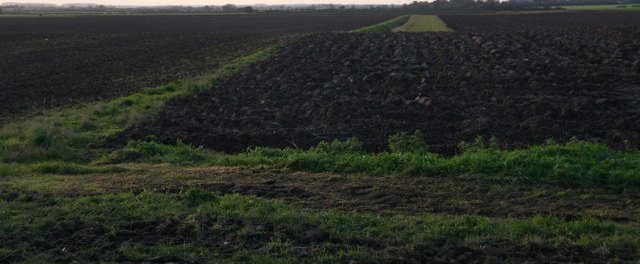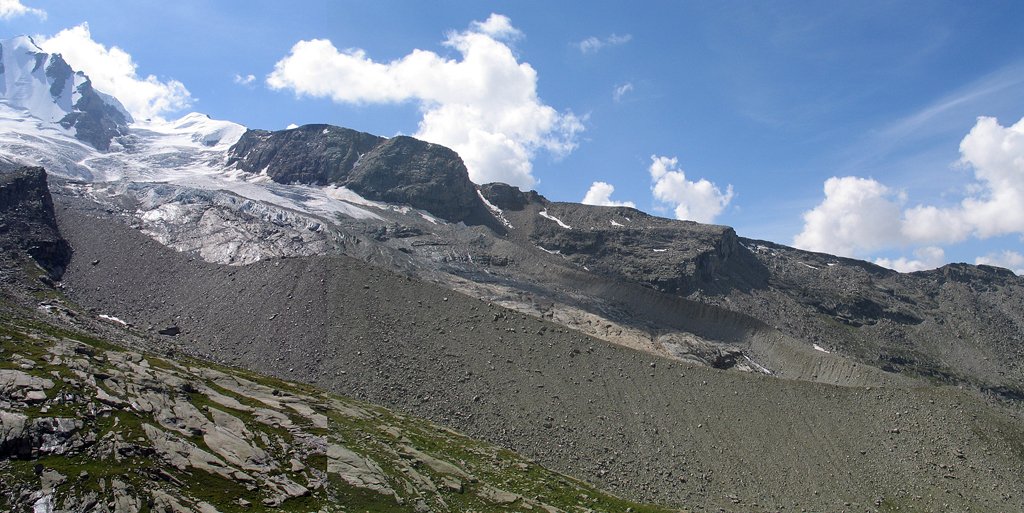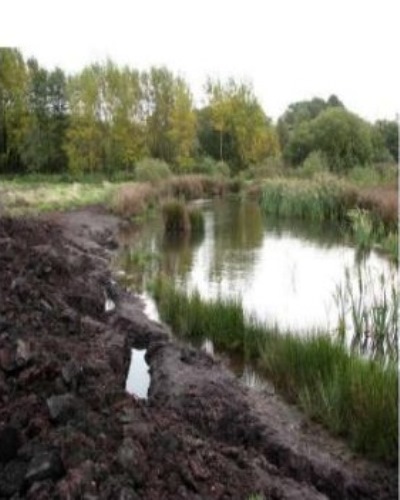Different Types of Soil in India
As mentioned before, there are eight types of soils categorized by ICAR but some Indian Soil like – Karewa soil, Sub-Montane Soil, Snowfield, Grey/Brown Soil are all sub-types of main Indian Soil. Let’s read about them one by one:
Types of Soil in India – Alluvial soil
The alluvial soil occurs mainly in the Satluj- Ganga- Brahmaputra Plains. They are also found in the valleys of the Narmada, Tapi, and the Eastern and Western coastal plains. These soils are mainly derived from the debris brown from the Himalayas. This soil is well-drained and poorly drained with an immature profile in undulating areas. This soil has a phosphorous deficiency. The color of soil varies from light grey to ash. This soil is suited for Rice, maize, wheat, sugarcane, oilseeds, etc.
This soil is divided into
- Khadar Soil (New): the khadar soils are enriched with fresh silts. They are low lying, frequently inundated by floods during the rainy season. It occupies the flood plains of rivers. The khaddar tracts called as kankar are rich in concentration.
- Bhangar Soil (Old): This soil lies above the flood level. It is well-drained but because of the calcium carbonate nodules, the texture of soil varies from the loamy soil to clayey soil.
Types of Soil in India – Red Soil
This soil developed on Archean granite occupies the second largest area of the country. They are mainly found in the Peninsula from Tamil Nadu in the south to Bundelkhand in the north and Raj Mahal in the east to Kathiawad in the west. This soil is also known as the omnibus group. The presence of ferric oxides makes the colour of soil red. The top layer of the soil is red and the horizon below is yellowish. Generally, these soils are deficient in phosphate, lime, magnesia, humus and nitrogen. This soil is good for the cultivation of wheat, cotton, pulses, tobacco, millets, orchards, potato and oilseeds.

Types of Soil in India – Black or Regur Soil

Black soil is also known cotton soil and internationally it is known as ‘Tropical Chernozems’. This is the third largest group in India. This soil is formed from rocks of cretaceous lava. This stretch over the parts of Gujarat, Maharashtra, Western parts of Madhya Pradesh, North- Western Andhra Pradesh, Karnataka, Tamil Nadu, Rajasthan, Chhattisgarh, Jharkhand up to Raj Mahal hills. The soil is rich in iron, lime, calcium, potash, magnesium, and aluminium. It has high water retaining capacity and good for cotton cultivation, Tobacco, citrus fruits, castor, and linseed.
Types of Soil in India – Desert Soil

This soil is deposited by wind action and mainly found in the arid and semi-arid areas like Rajasthan, West of the Aravallis, Northern Gujarat, Saurashtra, Kachchh, Western parts of Haryana and southern part of Punjab. They are sandy with low organic matter. It has low soluble salts and moisture with very low retaining capacity. If irrigated these soil give a high agricultural return. These are suitable for less water-intensive crops like Bajra, pulses, fodder, and guar.
Types of Soil in India – Laterite Soil

These soft, when they are wet and ‘hard and cloddy’ on drying. These are found mainly in the hills of the Western Ghats, Raj Mahal hills, Eastern Ghats, Satpura, Vindhya, Odisha, Chhattisgarh, Jharkhand, West Bengal, North Cachar Hills and the Garo hills. These are poor in organic matter, nitrogen, potassium, lime and potash. These iron and aluminium rich soils are suitable for the cultivation of rice, ragi, sugarcane, and cashew nuts.
Types of Soil in India – Mountain Soil

These soils have less developed soil profile and are mainly found in the valleys and hill slopes of Himalayas. These soils are immature and dark brown. This soil has very low humus and it is acidic. The orchards, fodder, legumes are grown in this soil.
Types of Soil in India – Red and Black Soil
These are developed over the granite, gneiss, and quartzite of the Precambrian and Archean era. This soil performs well if irrigated. Generally, this soil has very little productivity.
Grey and Brown Soil
These soils are found in Rajasthan and Gujarat. It is formed by the weathering of granite, quartzite and gneiss. These loose, friable soils contain iron- oxide (haematite and limonite)
Submontane Soil
These are formed by the deposition of eroded material from Shiwaliks and the lesser Himalayas. These are found in the Tarai region of the submontane stretching from Jammu and Kashmir to Assam. The soil supports a luxuriant growth of forest and more prone to soil erosion.
Snowfields
This soil was found under the snow and glaciers at the highest peak of greater Himalayas, Karakoram, Ladakh, and Zaskar. This soil is immature and unsuitable for crops.
Karewa Soil
Karewa soils are the lacustrine deposits in the Kashmir valleys and Bhadarwah valley. The fine silt, clay, and boulder gravels are the composition of Karewa soil. They are characterized with the fossils. These soils are mainly devoted to the cultivation of saffron, almonds, apple, walnut, etc.
Types of Soil in India – Peaty and Marshy Soils

This soil originates from the areas where adequate drainage is not possible. It is rich in organic matter and has high salinity. They are deficient in potash and phosphate. These are mainly found in Sunderbans delta, Kottayam, and Alappuzha districts of Kerala, Rann of Kachchh, deltas of Mahanadi, etc.
Types of Soil in India – Saline and Alkaline Soils

These are also called Reh, Usar, Kallar, Rakar, Thur, and Chopan. These are mainly found in Rajasthan, Haryana, Punjab, Uttar Pradesh, Bihar, and Maharashtra. Sodium chloride and sodium sulphate are present in this soil. It is suitable for leguminous crops.

No comments:
Post a Comment